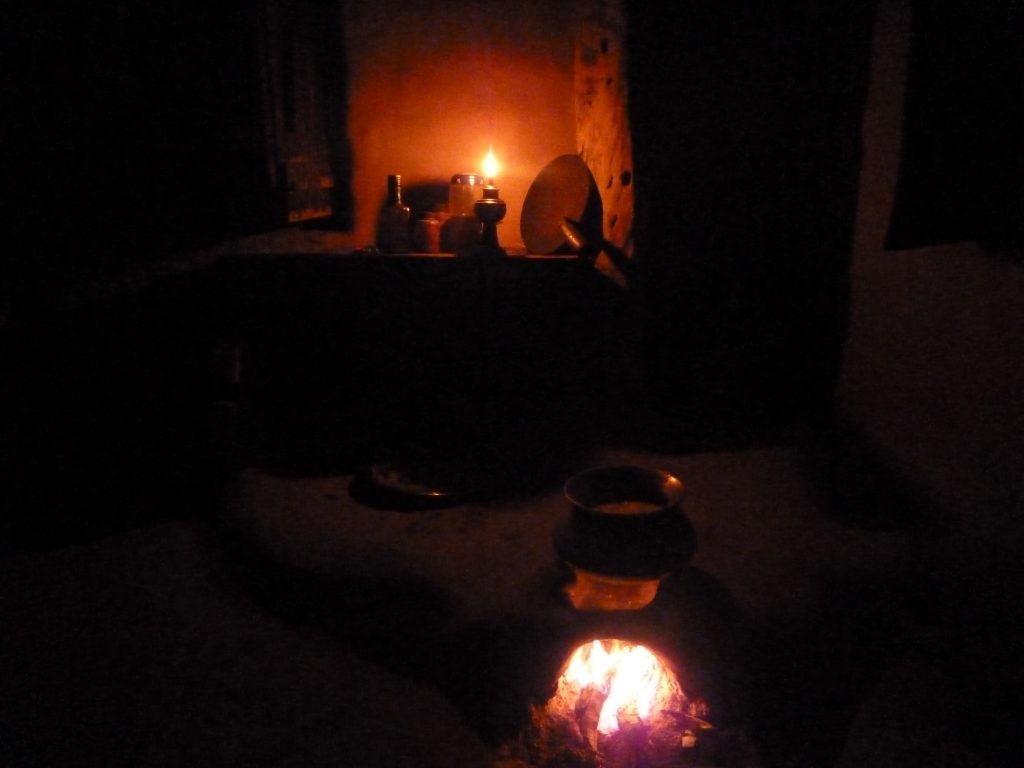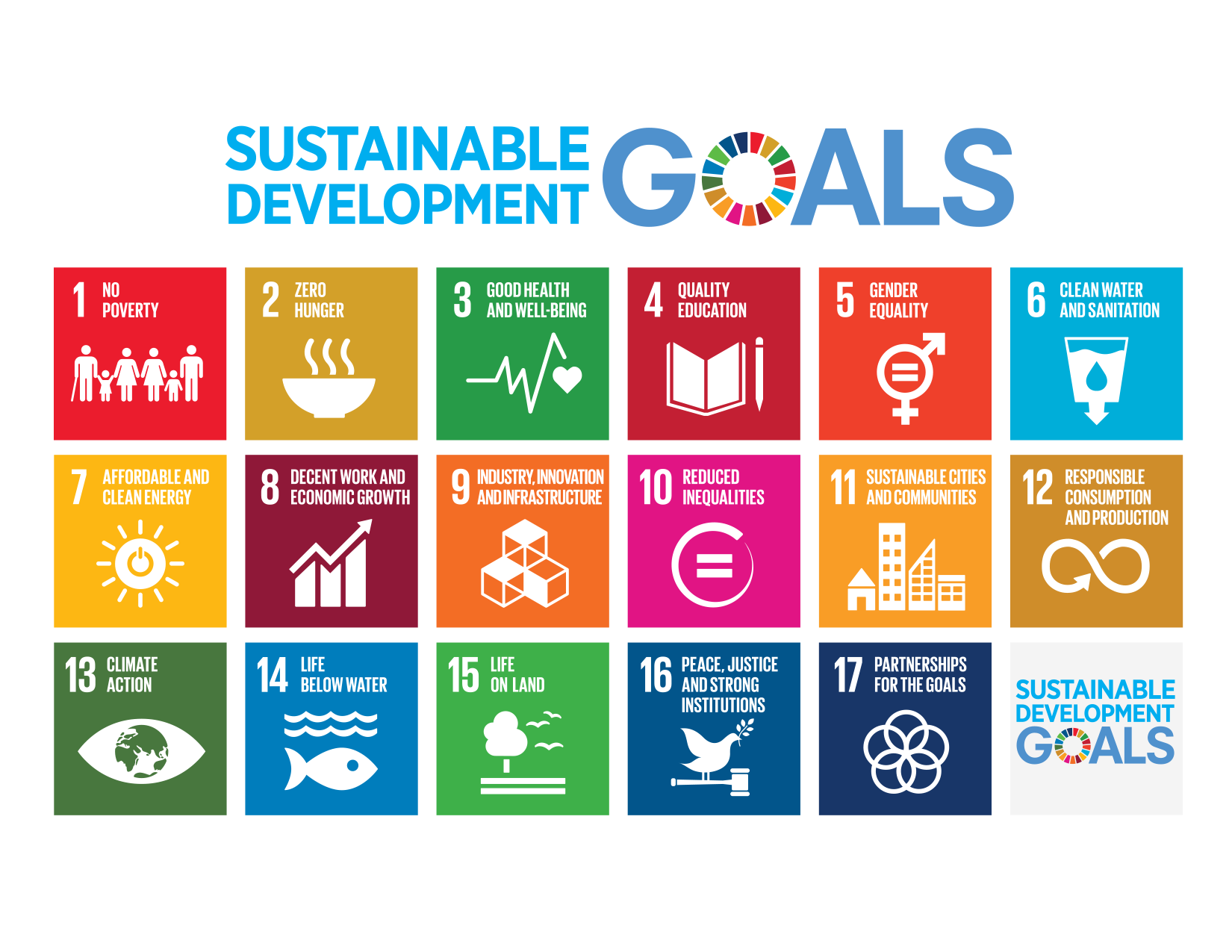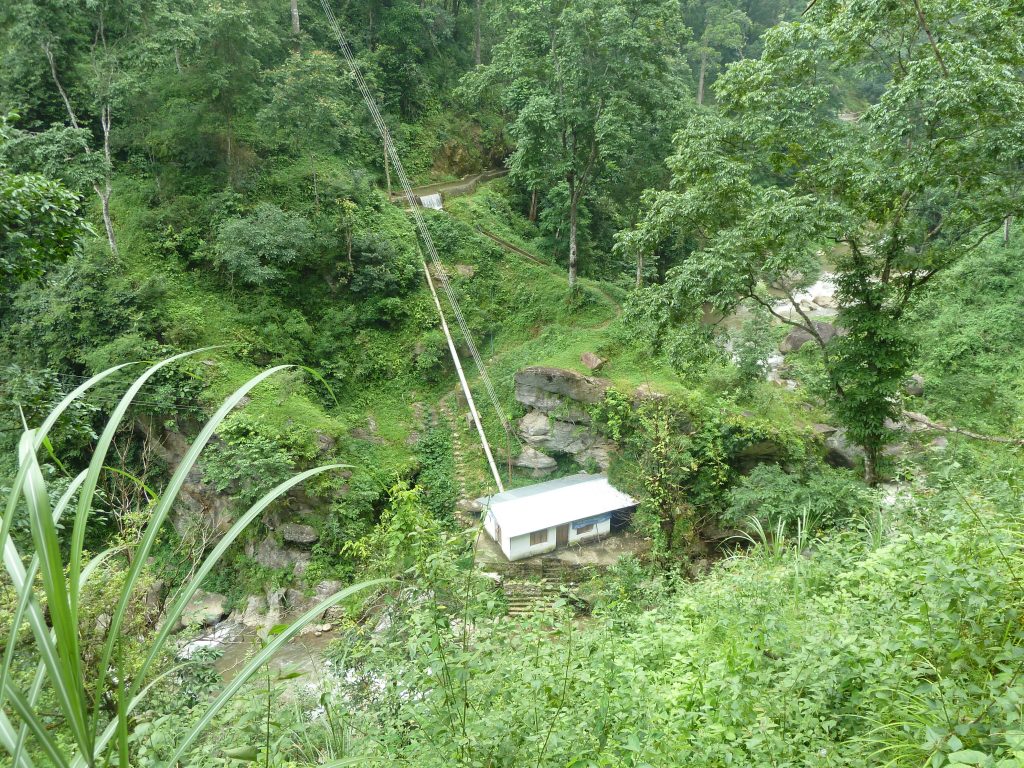
Dr Sam Williamson, Lecturer, Faculty of Engineering, Bristol University
We are energy consumers. Every day we devour energy, and most of the time we don’t even realise it. Before we wake up, our boiler has heated up our water for a hot shower, and at this time of year our homes are warmed. We unplug our mobile phones, switch on the bedroom lights, and boil a kettle to make our morning tea or coffee, before we travel into work, university or school, often by car or bus, consuming energy as we go. And that’s before we think about any of the embodied energy in everything we use. We have direct access to energy through the infrastructure made available to us.

A fire and tuki (kerosene lamp) in a kitchen, Terai, southern Nepal. Photo credit:
Sam Williamson
However this isn’t the same all over the world. The International Energy Agency report in their World Energy Outlook 2016 that 35% of the world’s population still cooks on traditional biomass, with 18% having no access to electricity, and with over 80% of these people living in rural areas. Those that are connected often suffer from frequent power cuts, and have to revert back to traditional methods for lighting and power. 4.3 million people each year die from illnesses attributed to indoor air pollution using traditional fuels for cooking, heating and lighting (World Health Organisation, 2016). Along with the health implications, exposed flames can cause fires in basic housing, and burning of fuel wood and charcoal leads to extensive deforestation causing soil erosion and land degradation.

Goal 7 in the United Nations Sustainable Development Goals is to “Ensure access to affordable, reliable, sustainable and modern energy to all”, placing energy access firmly at the centre of the development agenda. Energy access is critical to many of the other goals, such as: eradicating poverty; good health and well-being; quality education; gender equality; clean water and sanitation; industry, innovation and infrastructure; and climate action.
The first thing to realise is that we do not need energy per se; we need the functions or services that energy can provide us. There are six basic energy functions that have been identified that we need and have a right to: lighting, cooking and water heating, space heating, cooling, information and communication and earning a living (Practical Action, 2010). In most cases, the technical solutions are available to achieve universal access to clean energy for these functions; so why are we still striving for it?
The solutions that are promoted may not be sustainable, affordable, localised or developed with the countries or communities in mind, with local and national policy barriers in the way (Sovacool, 2012). Fossil fuels are neither appropriate nor sustainable for many situations. With well-designed renewable systems local populations can make use of their local resources, making themselves energy independent. However, renewable systems that are implemented without their future use in mind can initially operate well, but after a period of time often fail and fall into obsolescence (Urmee, 2009). These failures can be due to components breaking, a lack of understanding by the users on how to use the equipment or simple preventative maintenance routines, or more long term issues such as poor design or installation. However, through basic user training and the development of local support groups to maintain and fix the equipment then their life could increase substantially. And here lies an opportunity.

A micro-hydro scheme in Amchowk, eastern Nepal, feeding a community of around 300 households. Photo credit: Sam Williamson
Let’s use an example to explain this potential opportunity. A local community wants to install an electrification scheme, with multiple energy sources and consumers known as a microgrid. To achieve this, each source and consumer is connected to the microgrid through a power electronic converter – a black box. The community would normally have to buy in the equipment and knowledge to develop this scheme. However, what if the design tools, microgrid standards and black box designs were open source, and knowledge came in the form of training courses? If this was the case then the community could develop the scheme for themselves, with minimal support; local enterprises could be used to manufacture and repair components, and even develop their own localised ideas to fit onto the microgrid, providing skilled employment in the area; the community could operate, monitor and maintain the microgrid, leading to improved reliability, more community engagement and cooperation, and less power theft (Pandey, 2009).
What would have to happen to achieve this local energy development paradigm? First, open-source designs and tools for energy systems would need to become more prevalent – something we are exploring at Bristol University in a current EPSRC funded project “System Design of an Expandable, Reconfigurable, and Integrated Renewable Energy Microgrid for Remote, Off-Grid Communities”. Commercial opportunities would be then available for training and instruction of communities in these technologies and tools. This contradicts the model whereby technologies are protected by patents, meaning that development or replication/localisation by local companies is not possible, and repair is more complicated. This more integrated approach to open-source technology with the community leading the project is far more likely to achieve a sustainable energy solution.
Policy obviously plays a large part in adoption of renewable energy technologies. Countries have put huge subsidises into fossil fuels, as they consider it important to their economic development, with renewable technologies subsidies just 2% of this value worldwide. Moreover, there is enormous disparity in subsidy distribution, with many communities that are not served with modern energy forms being poor and rural, with small consumption dispersed across a large area. While centralised energy agencies consider that the cost to achieve energy access for these communities is too high and private enterprises consider that they will be unable to turn a profit on such schemes, [research shows] that working with local communities can actually reduce the overhead costs, increase population connection rates and improve household income (Pandey, 2009).
Achieving universal modern energy access is possible, but requires technological, political and social barriers to be removed. Key to this is enabling communities to develop their own solutions to energy access which are appropriate and sustainable for their circumstances.
